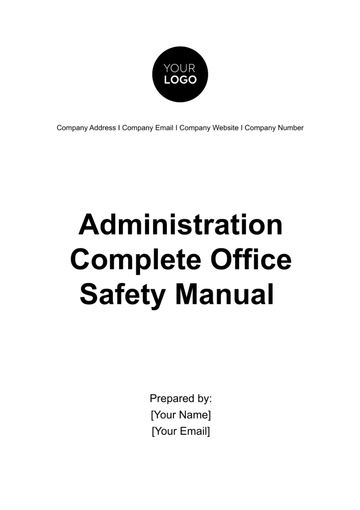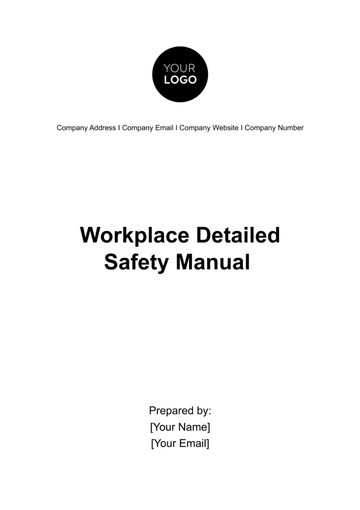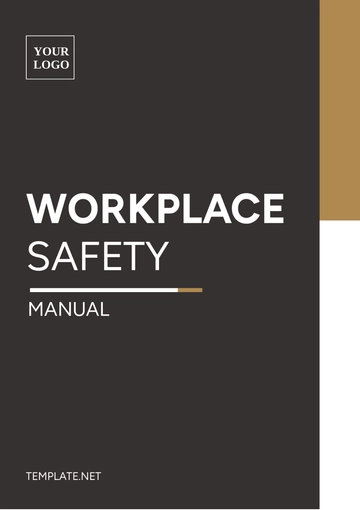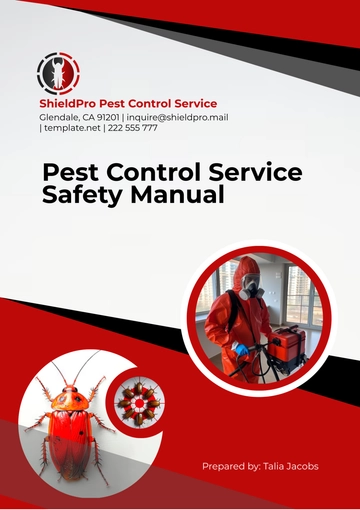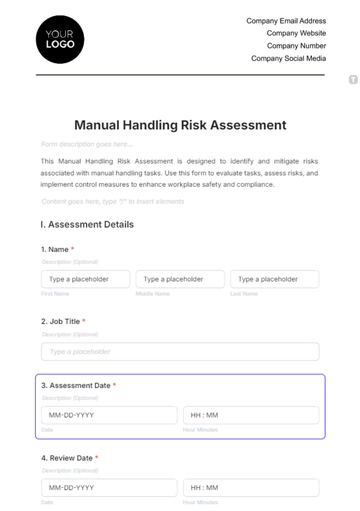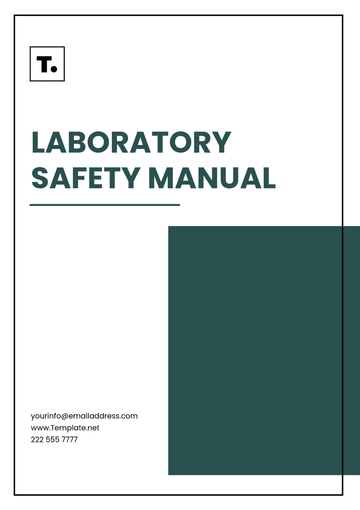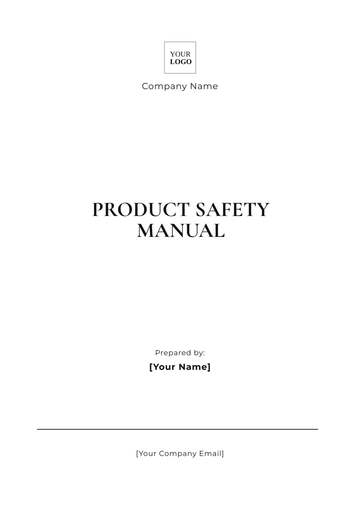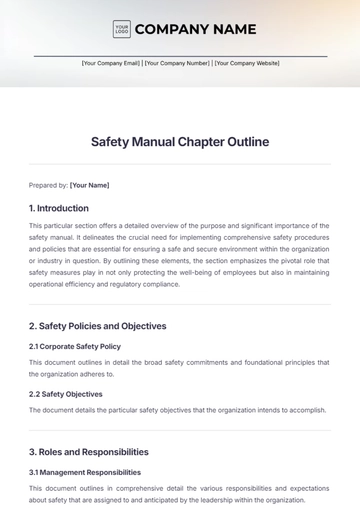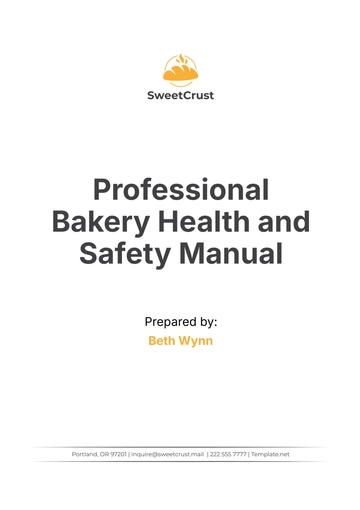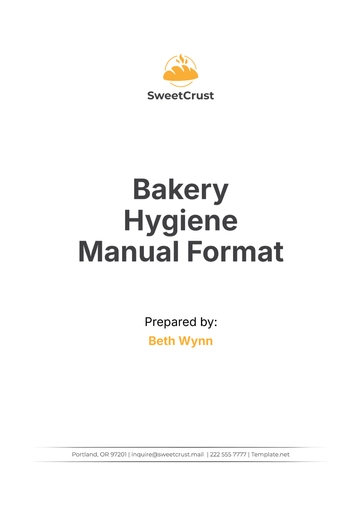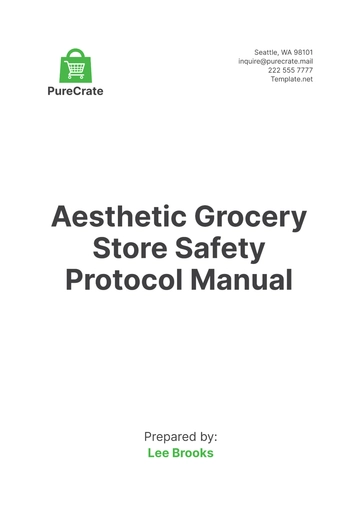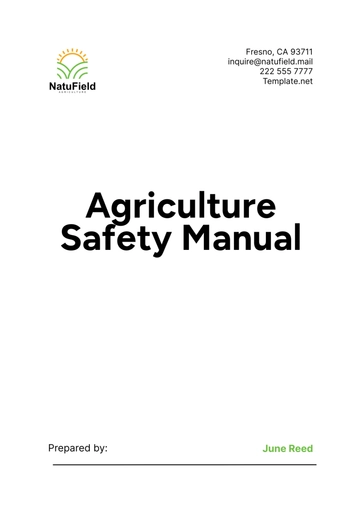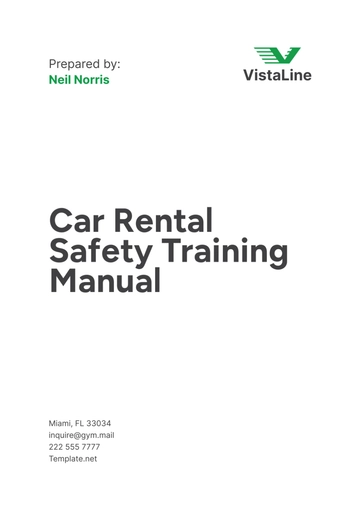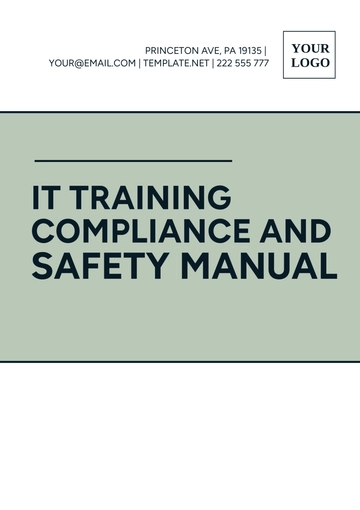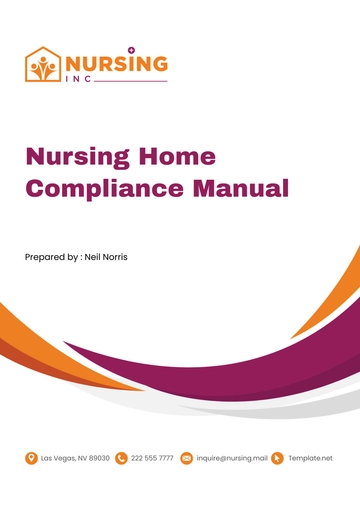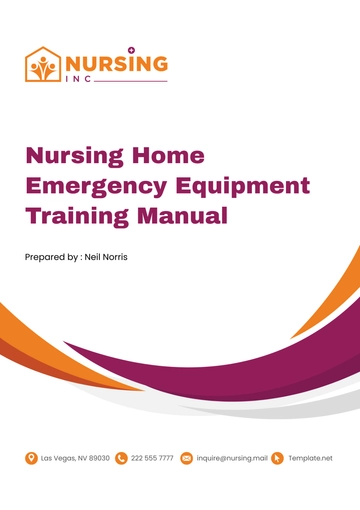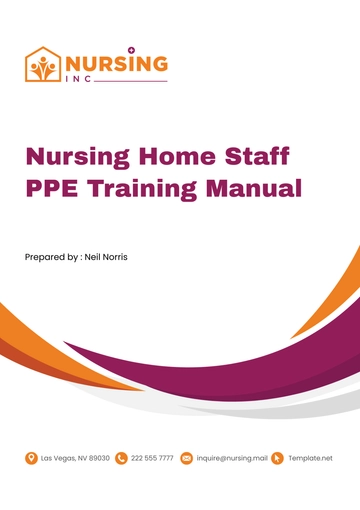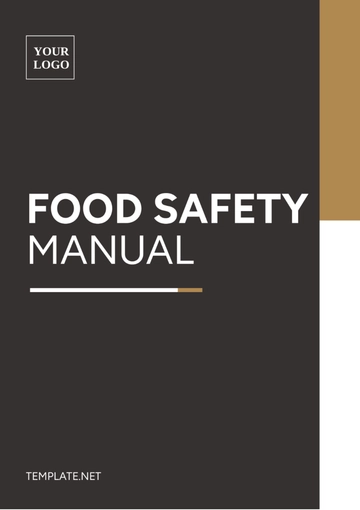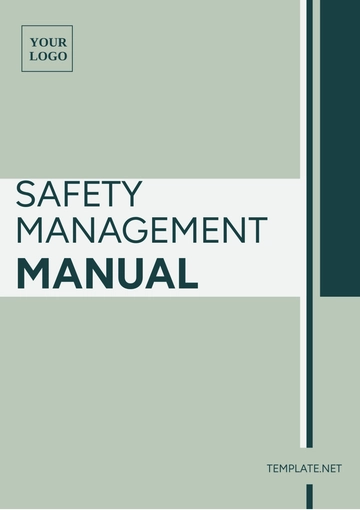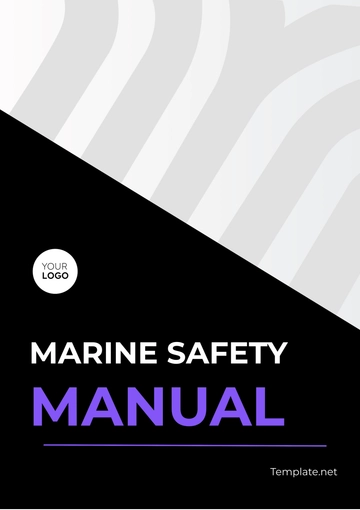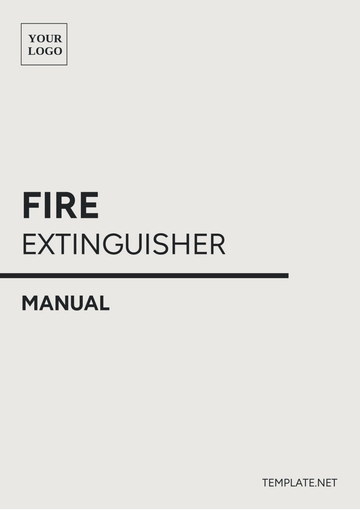Free Radiation Safety and Control Manual HR
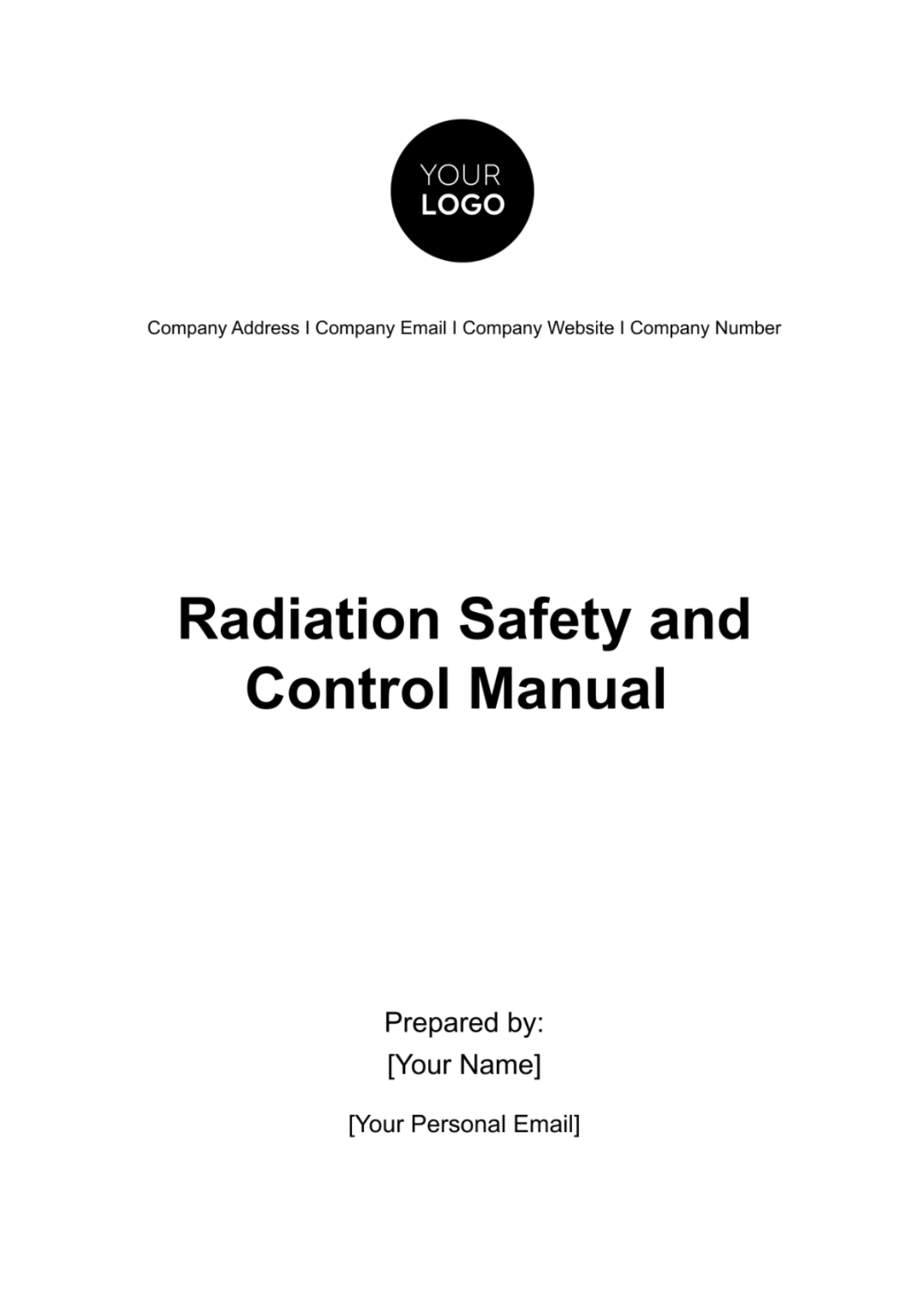
I. Introduction
A. Purpose And Scope
This manual outlines the policies, procedures, and guidelines for the safe and controlled use of radioactive materials and radiation-producing devices within [Your Company Name]. It aims to ensure the protection of individuals, the environment, and property from the harmful effects of ionizing radiation.
B. Regulatory Framework
[Your Company Name] is committed to compliance with all relevant local, state, and federal regulations governing radiation safety. This manual is designed to meet or exceed the requirements of [Applicable Regulatory Agency].
C. Organization Commitment To Radiation Safety
[Your Company Name] is dedicated to maintaining the highest standards of radiation safety. We are committed to fostering a culture of safety and providing the necessary resources and training to ensure the safe use of radiation sources.
II. Responsibilities And Roles
Clear delineation of roles is essential to ensure that all individuals involved in radiation-related activities understand their obligations and work together effectively to maintain a safe and compliant environment.
A. Radiation Safety Officer (RSO)
The RSO is responsible for overseeing all radiation safety activities within the organization, including monitoring compliance with regulations, conducting training, and providing guidance on radiation safety practices.
B. Authorized Users
Authorized Users are individuals designated by the RSO to work with radioactive materials or radiation-producing devices. They are responsible for ensuring that all activities involving radiation are conducted safely and in compliance with this manual.
C. Radiation Workers
Radiation Workers are individuals who may be exposed to ionizing radiation as part of their job responsibilities. They must follow all radiation safety procedures and wear appropriate PPE.
D. Radiation Safety Committee
The Radiation Safety Committee is responsible for reviewing and approving radiation safety policies, procedures, and incidents. It comprises members from various departments within the organization and meets regularly to assess radiation safety practices.
III. Radiation Sources
Radiation, in its various forms, has become an integral part of modern life, contributing to numerous scientific, medical, and industrial advancements. It is essential to harness its potential while prioritizing safety and control. Understanding the nature, handling, and regulations surrounding these sources is fundamental to safeguarding individuals, the environment, and property from the potential hazards posed by ionizing radiation.
A. Radioactive Materials
Classification And Inventory | Radioactive materials are classified based on their physical and radiological properties. An accurate inventory of all radioactive materials must be maintained. |
Procurement And Receipt | Radioactive materials must be procured from authorized suppliers and received in accordance with regulations. Proper documentation and record-keeping are essential. |
Handling And Storage | Radioactive materials must be handled and stored in designated areas and using approved containment measures. Storage facilities must be secure and meet shielding requirements. |
Labeling And Marking | All containers and equipment containing radioactive materials must be labeled with appropriate warning signs and radiation labels. |
Leak Testing | Regular leak tests must be conducted on sealed sources to ensure containment integrity. |
Security Measures | Security measures, including access controls and monitoring, must be in place to prevent unauthorized access to radioactive materials. |
B. Radiation-Producing Devices
X-Ray Machines | X-ray machines must be registered and regularly inspected. Operators must be trained and follow safety procedures. |
IV. Radiation Protection
This preface serves as a reminder of the paramount importance of radiation protection. It is a testament to our commitment to prioritizing safety above all else, as we harness the power of radiation for the betterment of humanity. By embracing a culture of safety, we can unlock the full potential of radiation while ensuring a safer and healthier world for all.
A. Time, Distance, And Shielding
Minimize exposure time, increase distance from radiation sources, and use appropriate shielding materials to reduce radiation exposure.
B. Personal Protective Equipment (PPE)
Radiation workers must wear approved PPE, including lead aprons, gloves, and eyewear, when working with radiation sources.
C. Controlled And Restricted Areas
Clearly mark and control access to areas with radiation sources. Entry is restricted to authorized personnel.
D. Exposure Limits
Radiation exposure must not exceed regulatory dose limits. Monitoring and dose assessment are conducted to ensure compliance.
E. Minimizing Exposure
Efforts must be made to minimize radiation exposure during procedures through proper technique and equipment positioning.
V. Radiation Monitoring
The purpose of radiation monitoring is to prevent unnecessary exposure, detect deviations from safe radiation levels, and respond effectively in cases of unexpected radiation events. This guide provides an overview of the principles and practices involved in monitoring ionizing radiation. It outlines the tools and techniques used for measuring radiation levels, discusses dosimetry for assessing individual exposure, and highlights the importance of maintaining a vigilant stance on radiation safety.
A. Radiation Detection Instruments
Use appropriate radiation detection instruments, such as Geiger-Muller counters, scintillation detectors, and ionization chambers, to measure radiation levels.
B. Dosimetry
Radiation workers must wear personal dosimeters to monitor their exposure. Regular calibration and reporting are essential.
C. Alarm Systems
Install and maintain radiation alarm systems to alert personnel in case of high radiation levels.
D. Survey Procedures
Conduct radiation surveys and inspections of areas and equipment to ensure compliance with safety standards.
VI. Emergency Response
Emergency situations involving ionizing radiation can pose significant risks to individuals, the environment, and property. Therefore, it is of paramount importance that all personnel working with radiation sources within [Your Company Name] are well-prepared to respond swiftly and effectively to any radiation-related incidents or accidents. These procedures are designed to ensure the safety of all personnel, mitigate potential harm, and minimize the impact on the environment. Timely reporting, proper medical attention, and the containment of contamination are critical components of our emergency response plan.
A. Reporting Radiation Incidents
All radiation incidents, including spills, accidents, and equipment malfunctions, must be reported immediately to the RSO.
B. Medical Response
In case of radiation exposure to personnel, provide immediate medical attention and report to appropriate authorities.
C. Evacuation Procedures
Establish evacuation procedures for radiation incidents, including routes, assembly points, and communication protocols.
D. Decontamination Protocols
Develop and implement decontamination procedures in case of contamination of personnel or equipment.
VII. Training And Education
In our ongoing commitment to ensuring the safety of all personnel and the environment, we recognize that knowledge is a fundamental cornerstone of radiation safety. Radiation safety is a collective effort, and the success of our radiation safety program relies on the dedication, competence, and commitment of every individual within our organization. By familiarizing yourself with the training and education protocols outlined in this section, you are taking a crucial step toward minimizing the risks associated with ionizing radiation exposure.
Initial Training | All personnel working with radiation sources must undergo initial training on radiation safety, including regulations, hazards, and safe practices. |
VIII. Record Keeping
Effective record keeping is an indispensable component of our commitment to maintaining the highest standards of radiation safety within [Your Company Name]. Accurate and comprehensive record keeping serves as the backbone of our radiation safety program. It enables us to track the use, storage, and disposal of radioactive materials and monitor radiation exposure levels for personnel. Moreover, it facilitates regulatory compliance by ensuring that we can readily demonstrate adherence to local, state, and federal regulations governing radiation safety.
Inventory Records | Maintain accurate records of radioactive material inventory, including procurement, use, and disposal. |
IX. Waste Management
Effective waste management is a critical component of responsible and sustainable environmental stewardship. As our world continues to evolve and grow, so too does the generation of waste materials, many of which can have adverse effects on our environment and health if not managed properly.
A. Radioactive Waste Classification
Classify radioactive waste into appropriate categories and follow regulations for disposal.
B. Segregation And Packaging
Segregate radioactive waste by type, package it securely, and label it properly.
C. Storage Of Radioactive Waste
Store radioactive waste in designated areas until proper disposal arrangements are made.
D. Transportation And Disposal
Transport and dispose of radioactive waste in accordance with regulatory requirements and approved facilities.
E. Decay-In-Storage
Allow certain radioactive waste to decay to a safe level before disposal.
X. Inspections And Audits
The safety of our operations involving radiation sources is of paramount importance to [Your Company Name]. To ensure that we consistently adhere to the highest standards of radiation safety and compliance, we have established a rigorous system of inspections and audits. Inspections and audits play a crucial role in identifying areas of improvement, rectifying potential issues, and ensuring our adherence to regulatory guidelines.
Regular Inspections | Conduct regular inspections of radiation sources, storage areas, and safety practices. |
XI. Appendices
A. Radiation Safety Forms And Checklists
Forms and checklists to assist personnel in compliance with safety procedures.
B. Regulatory References And Contact Information
List of regulatory references and contact information for regulatory agencies.
C. Radiation Safety Training Curriculum
A document outlining the curriculum for radiation safety training, including topics and objectives.
- 100% Customizable, free editor
- Access 1 Million+ Templates, photo’s & graphics
- Download or share as a template
- Click and replace photos, graphics, text, backgrounds
- Resize, crop, AI write & more
- Access advanced editor
Ensure radiation safety confidently with Template.net's editable Radiation Safety and Control Manual HR Template! This manual is fully customizable to align with your unique radiation safety protocols. Utilize the advanced AI Editor Tool to make calculated adjustments! Tailor, refine, and optimize your radiation safety practices effortlessly by downloading your copy!

